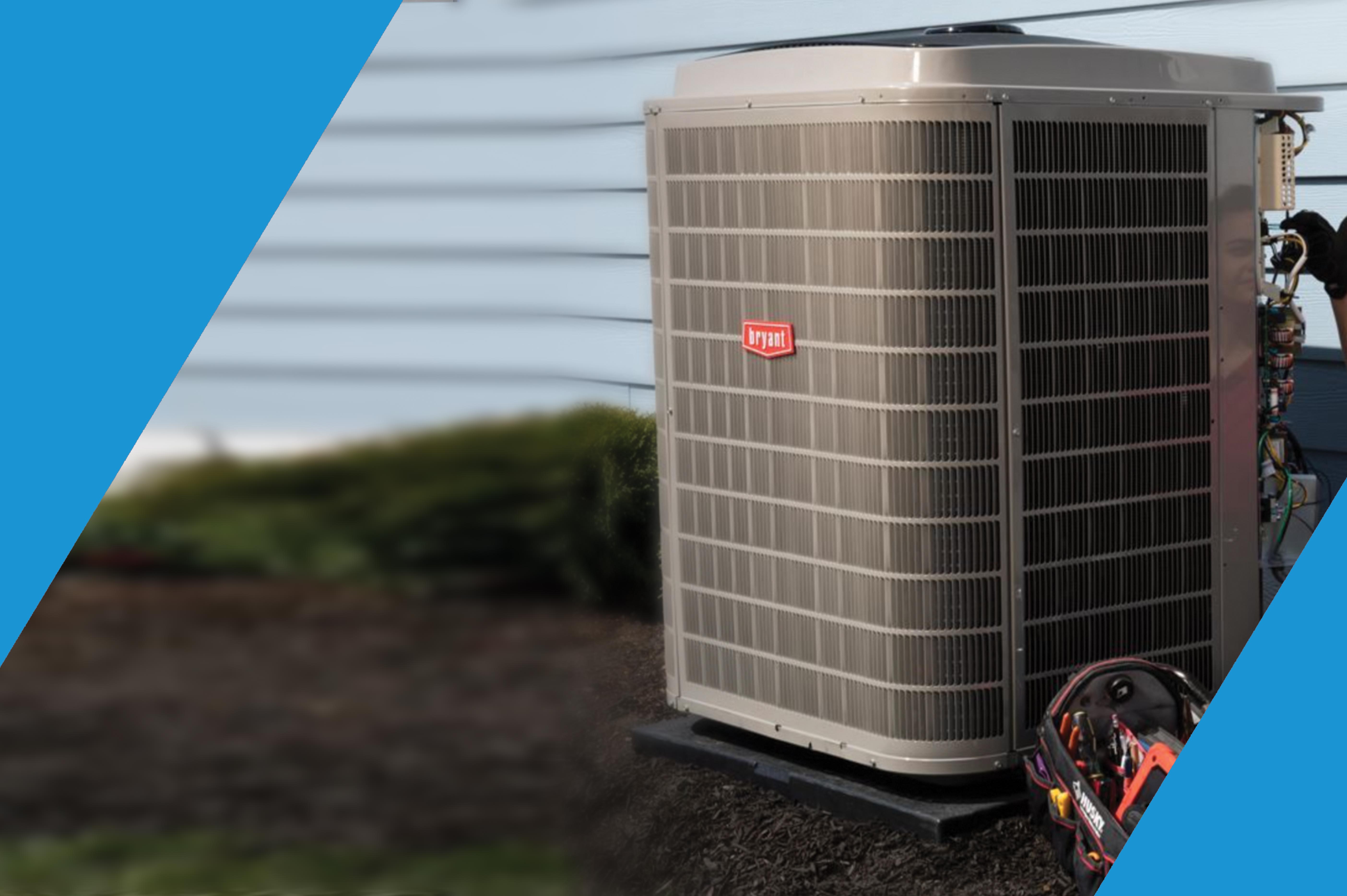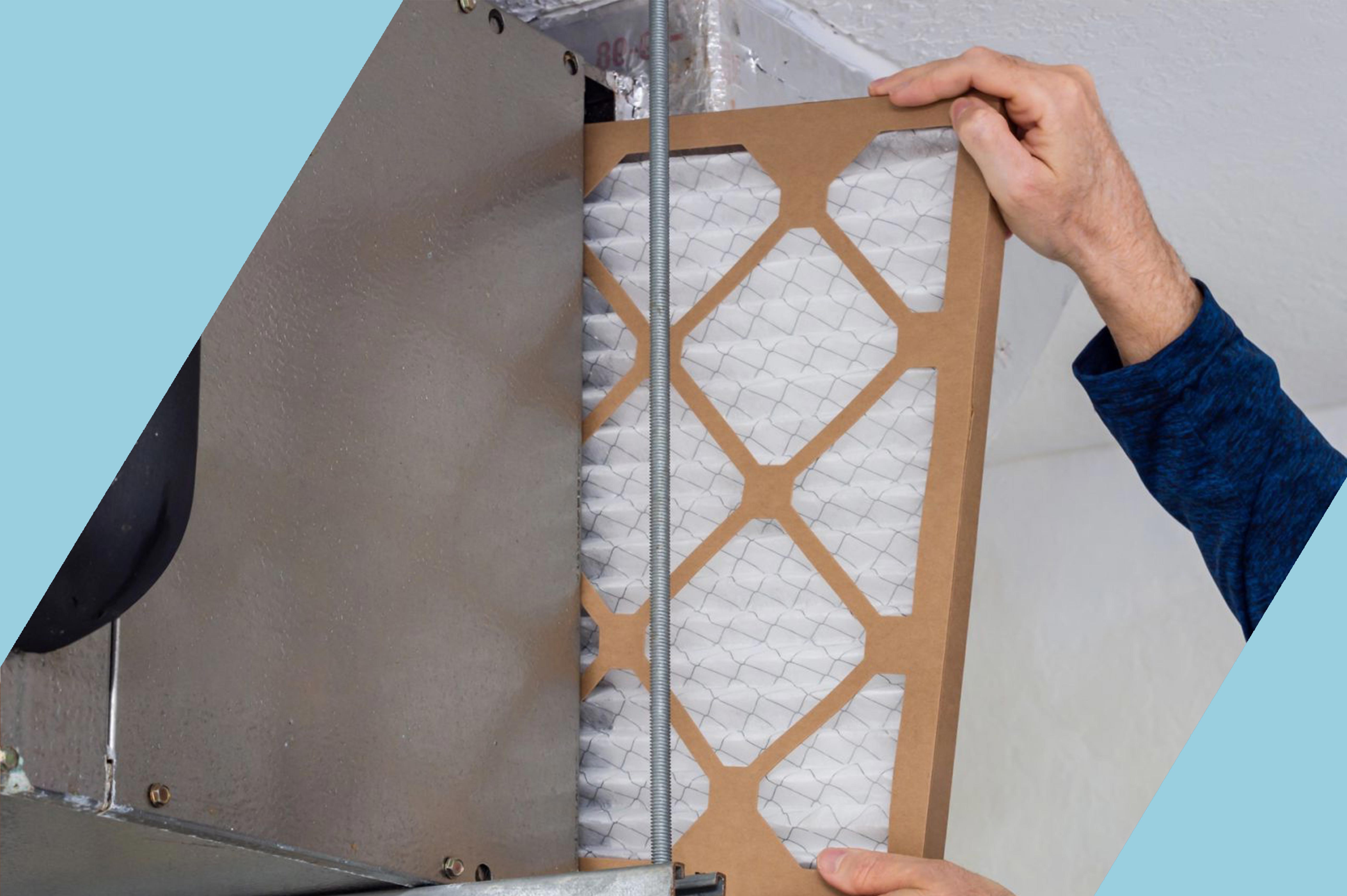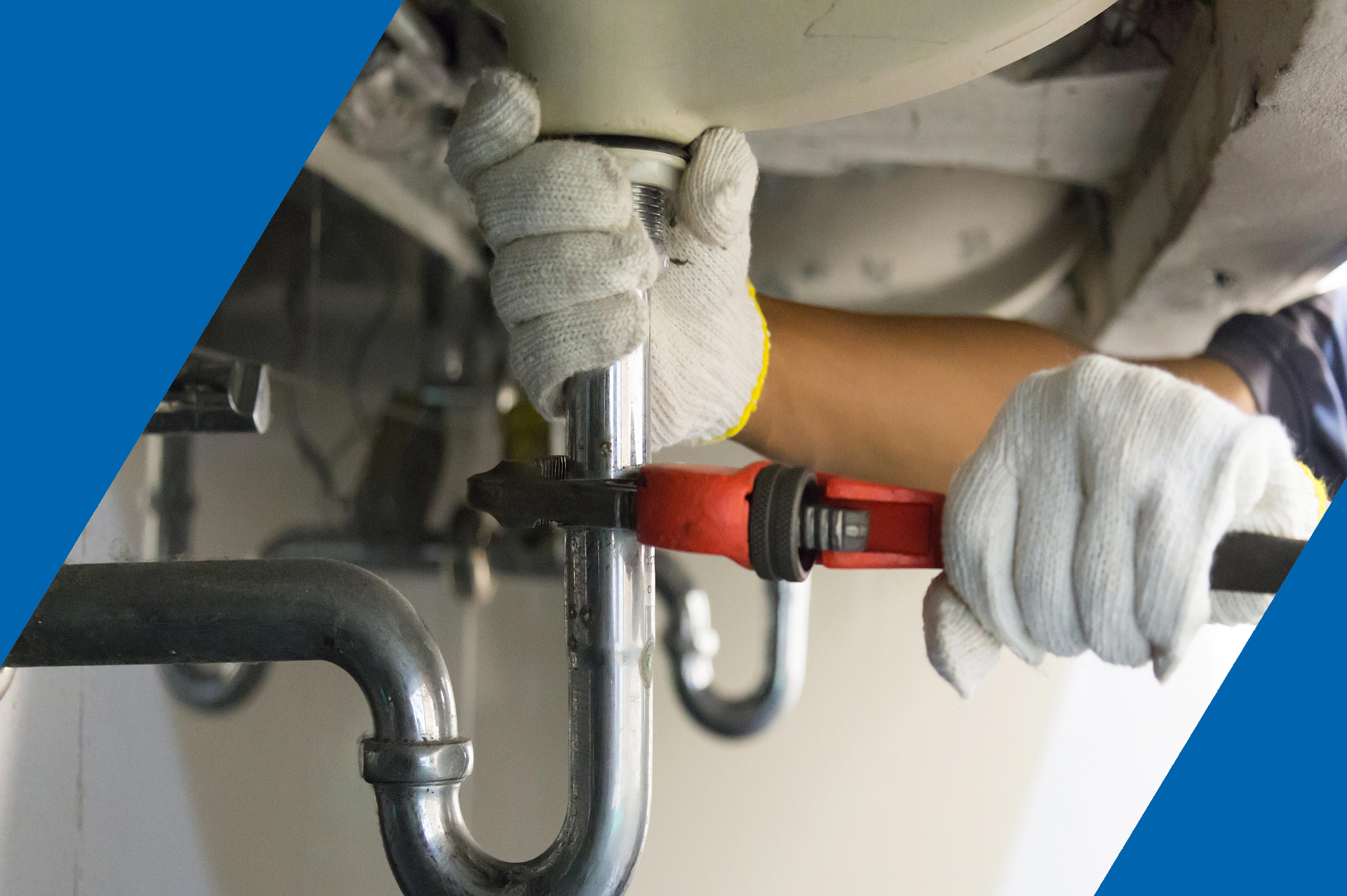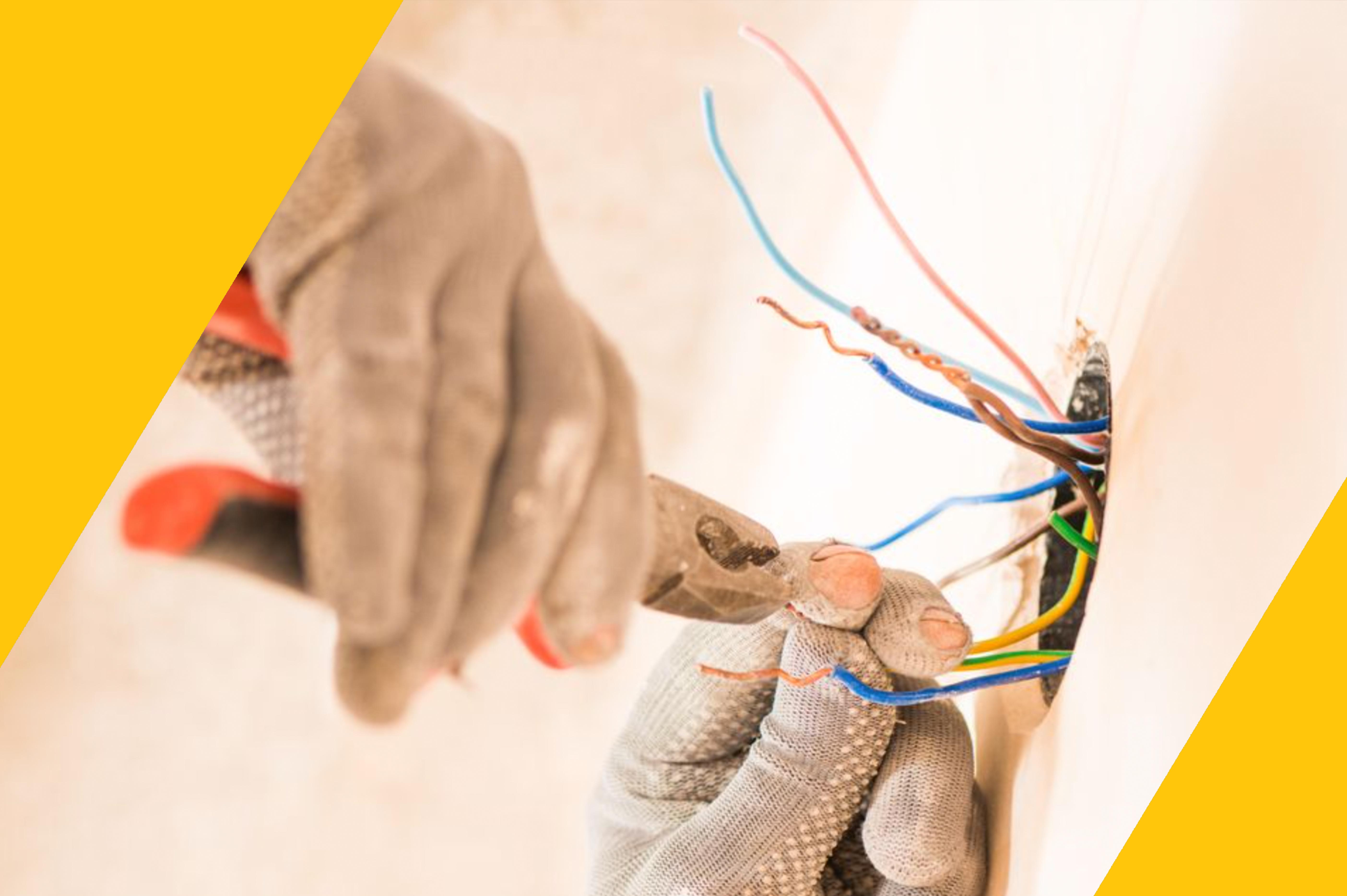
If you’ve ever had a plumber in your home to do work on your copper pipes, you may have noticed them using a blowtorch to metal into the joints of the copper pipes. This is called soldering, though in the plumbing profession it is often referred to as “sweating” the pipes. Here at Air Mechanical Inc. we have years of experience offering plumbing repair and we often get asked why we need to sweat the pipe joints that we put in. Here is a quick explanation of what happens during soldering and why it’s so important.
Ham Lake, MN Plumbing Repair: What is Soldering?
The soldering process is something that should always be done by a professional with experience because it involves melting a metal paste called flux into the joints of your pipes. This requires the use of a heat source like a blowtorch. As the flux melts, it flows into the grooves of the joint and it actually bonds molecularly with the copper. Before the flux cools, your plumber will connect the pipes so that you have a tight connection.
Ham Lake, MN Plumbing Repair: Why Do Plumbers Use Solder?
While there are other sealing methods available, plumbers often sweat the joints of copper water lines to provide a good seal so that water doesn’t leak out. But like anything else, the joints in your pipes can eventually start to wear and you’ll need to call for Ham Lake, MN plumbing repair. There are a couple things that can happen to the melted flux:
- Corrosion – The flux is susceptible to corrosion, especially when the pies are in use a lot. The flow of water over the joints can disperse the corrosion and slow it down.
- Rust – Another common issue with flux is that it can rust. If you notice that your water is rust-colored it could be that the flux in the joints is rusting.
For all your Ham Lake, MN plumbing repair make sure that you call the experts at Air Mechanical Inc.







